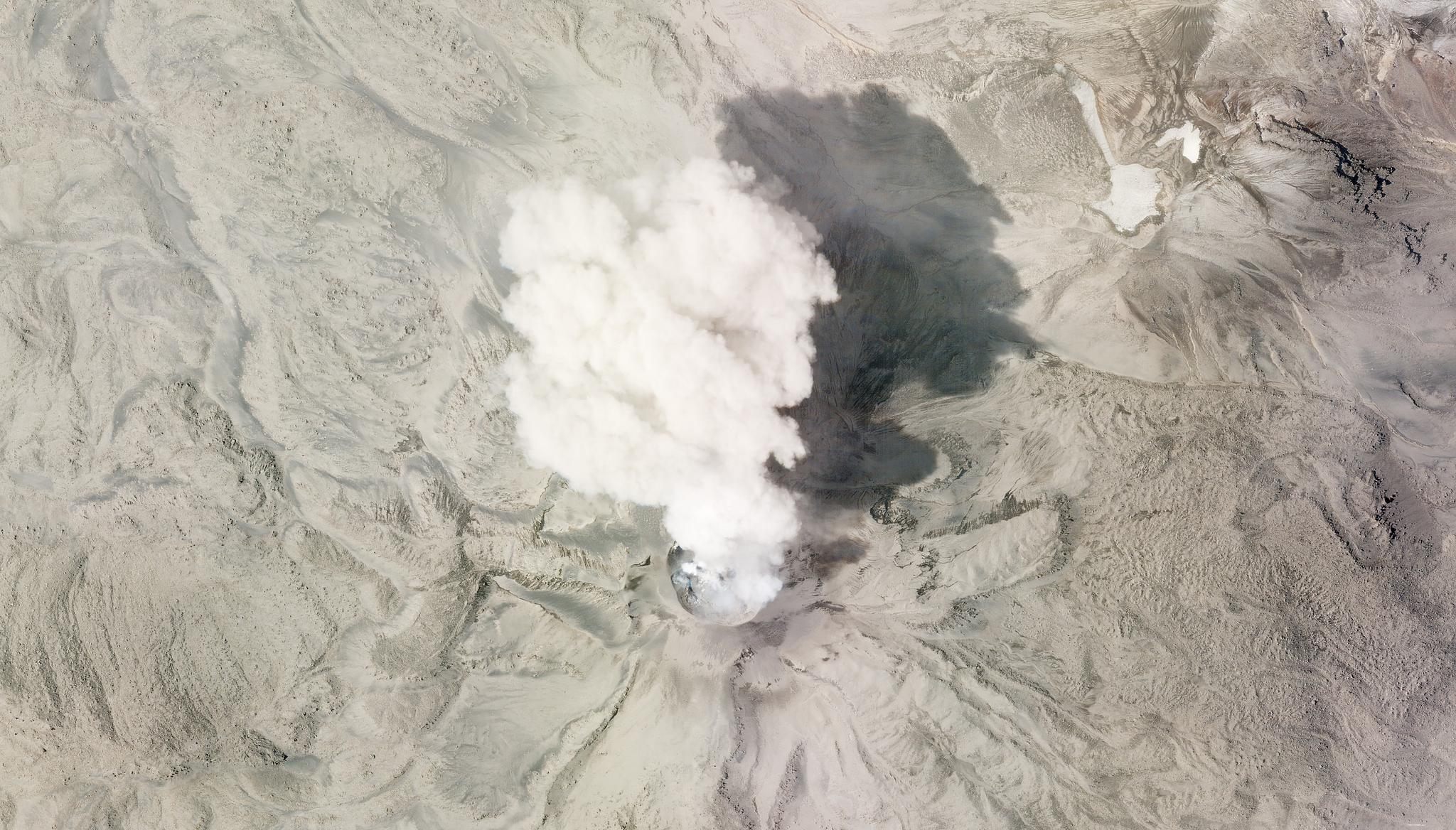Monitoring Lava Domes in the Andes
The Sabancaya volcano sits in the southern Peruvian Andes. Records of eruptions there span back hundreds of years, making it a site of interest to volcanologists around the world. A new study by a team of Italian and Peruvian scientists led by Dr. Diego Coppola at the Università Degli Studi Di Torino looks at unrest and eruptive periods of Sabancaya from 2012–2020 using PlanetScope alongside a host of other satellite and ground-based datasets. By combining optical, infrared, and radar data from Planet, NASA, and the European Space Agency’s Copernicus program, the team extrapolated how the conditions beneath the volcano changed over time to result in the activity visible at the surface. The high spatial and temporal resolution of PlanetScope provided a way to monitor phases of lava dome growth and collapse. Changes in lava domes within volcanoes are a key marker of potential impending eruptions, and can occur rapidly. For active volcanoes like Sabancaya in particular, satellite data plays a critical role. “In many high-altitude, dome-forming volcanoes, it is very difficult to obtain continuous and homogeneous information about the eruptive activity in progress, especially because of the harsh environmental conditions which make the installation of permanent monitoring networks arduous and dangerous,” the authors note in their study. “In these cases, satellite and ground data very often complement each other as they offer a comprehensive, synoptic vision of the ongoing eruptive phenomena.” The full study can be found in the Bulletin of Volcanology.

Ready to Get Started
Connect with a member of our Sales team. We'll help you find the right products and pricing for your needs


